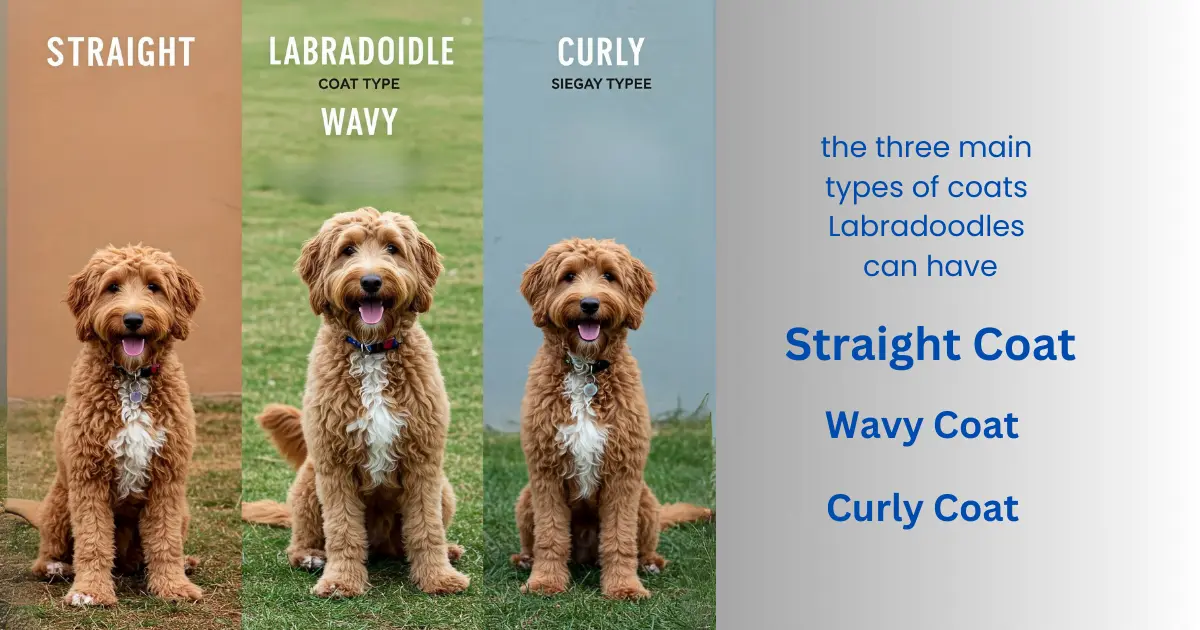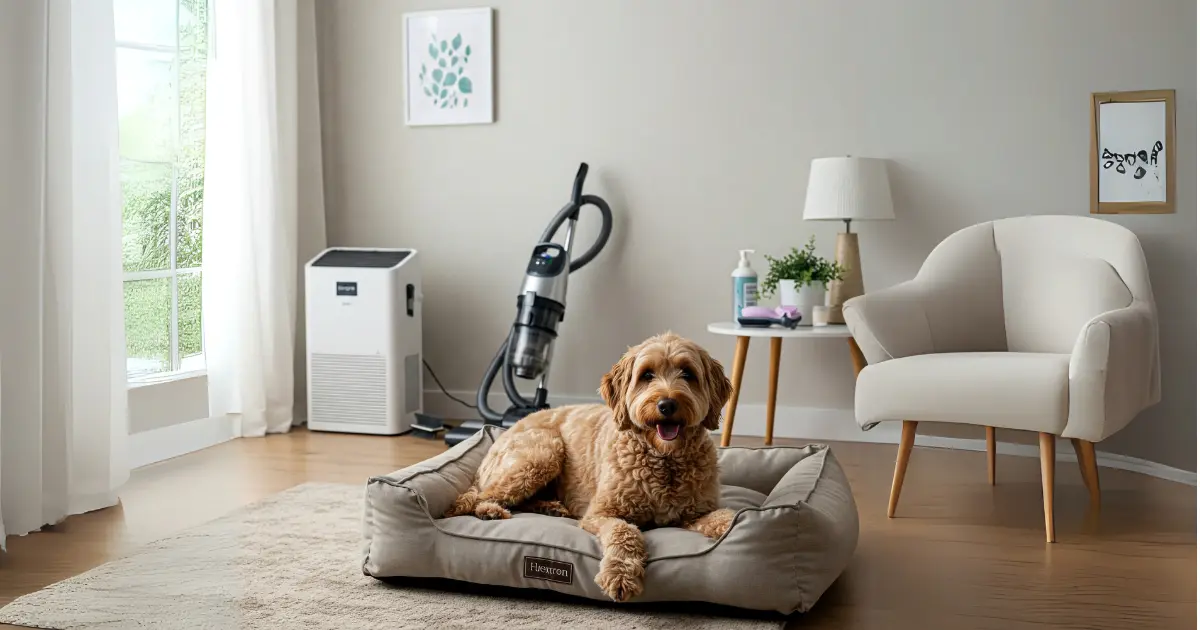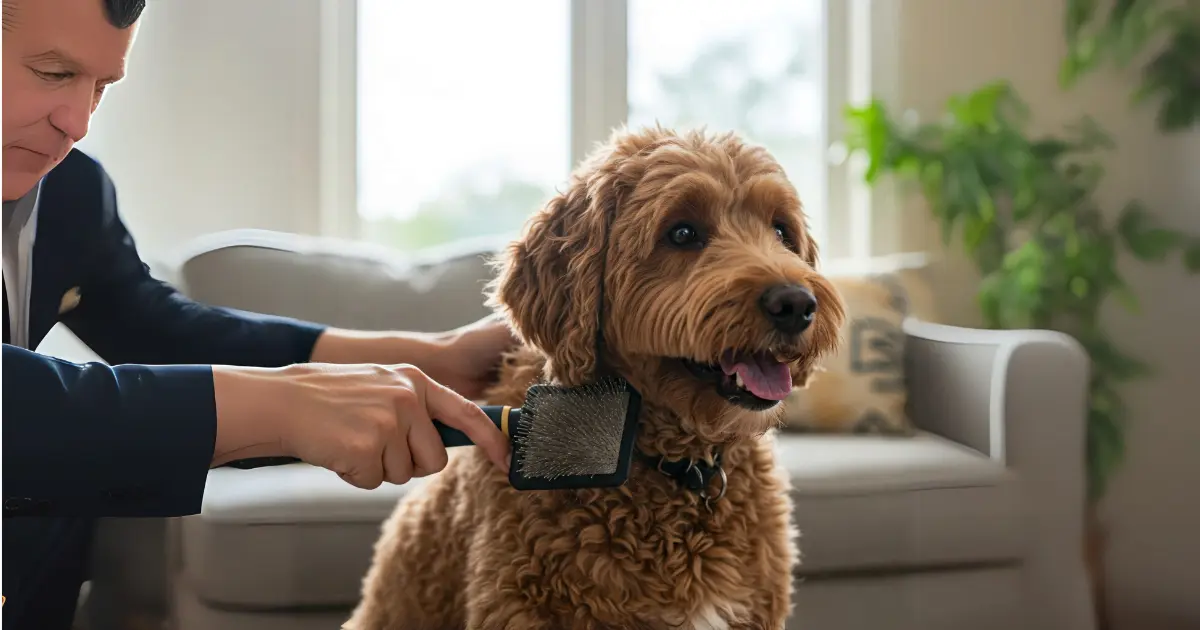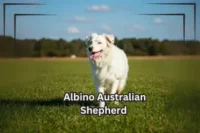Are Labradoodles Hypoallergenic? Here’s What You Need to Know
Published: 15 Feb 2025
If you love dogs but also suffer from allergies, the idea of having a Labradoodle might sound like a dream come true. These dogs are often touted as Labradoodles hypoallergenic, but what does that mean? Can a Labradoodle be a good companion for someone with allergies? This article will deeply investigate whether Labradoodles are truly hypoallergenic and what that means for your health and happiness.

Table of Contents
Understanding “Hypoallergenic” in Dogs
Let’s start by clearing up the term “hypoallergenic.” Simply put, it means a dog is less likely to trigger allergic reactions in people. This is usually because these dogs shed less dander, the main culprit for most pet allergies. Dander contains tiny particles of dead skin that are shed by pets that can quickly get into the air and cause sneezing, itching, and other allergy symptoms.
So, when people say a dog is hypoallergenic, it doesn’t mean it doesn’t shed at all—it just means it sheds less dander, making it a better choice for allergy sufferers. Still, it’s essential to know that no dog is entirely hypoallergenic.

Labradoodles and Their Coat Types
Labradoodles are a crossbreed between the Labrador Retriever and the Poodle, two very different breeds with different types of coats. This means Labradoodles can inherit various coat types, which affects how much hair and dander they shed. Here are the three main types of coats Labradoodles can have:
- Straight Coat: This coat is more like the Labrador’s—short, dense, and sheds a lot. If you’re allergic to dogs, this is the least favorable coat type, as it can cause more reactions due to the increased shedding of hair and dander.
- Wavy Coat: The wavy coat is a mix between the straight and curly coats. It doesn’t shed as much hair as the straight coat but still produces some dander. It’s a bit better for people with allergies, but it is not perfect.
- Curly Coat: This is the best coat type for allergy sufferers. Much like a Poodle’s, the curly coat sheds very little hair. The curls naturally trap more dander, so it doesn’t float around in the air as much. This type of coat is usually the most manageable for many people with allergies.
Personal Tip:
If you’re allergic but still want a Labradoodle, go for one with a curly coat. That way, you’re more likely to avoid the sneezing fits and itchy eyes!
Are Labradoodles Hypoallergenic?
It’s a common misconception that Labradoodles are entirely hypoallergenic, but it depends on several factors. While they are often advertised as an excellent option for allergy sufferers, no Labradoodle is free from allergens. Some may produce more dander based on their coat type, genetics, and grooming habits.
The Poodle parent of the Labradoodle is known for being low-shedding and producing less dander, which is why Labradoodles are often considered allergy-friendly. However, the Labrador family has a dense, shedding coat, which can cause allergy sufferers issues. This means a Labradoodle’s hypoallergenic traits can vary from dog to dog.
Example:
A curly-coated Labradoodle might be a good choice for someone with mild allergies, but even then, it’s essential to monitor your symptoms closely, especially in the first few weeks of having the dog.

Can You Live Comfortably with a Labradoodle if You Have Allergies?
Living with a Labradoodle and allergies is possible but requires effort and preparation. If you have mild to moderate allergies, you might be OK with a Labradoodle, especially if it has a curly or wavy coat. But here are some tips I’ve picked up from people who’ve successfully made it work:
- Grooming: Regular grooming is a must. Brushing your Labradoodle at least once a week helps eliminate loose hair and dander before it can spread around the house. Take them to a groomer every few months to trim the coat and minimize shedding.
- Bathe Your Dog: Bathing your Labradoodle every 4 to 6 weeks can help remove the dander that builds up in their coat. Be sure to use a dog-friendly shampoo that won’t dry out their skin.
- Air Purifiers Are Your Friend: If you suffer from allergies, I highly recommend investing in a HEPA air purifier for your home. These are designed to capture dander and hair from the air, making it easier to breathe around your dog.
- Vacuum Frequently: I’ve found that vacuuming with a HEPA filter is one of the best ways to keep your home allergen-free. You’ll want to vacuum carpets, furniture, and other places your dog tends to hang out.
- Wash Bedding: Your dog’s bedding can be a hotspot for dander. Wash it regularly to reduce the amount of allergens lingering in your home.
“Regular grooming and proper hygiene play a crucial role in keeping allergies at bay. For more essential dog care tips, check out our guide to keeping your furry friend happy and healthy.”
Real-Life Example:
My friend Laura has a Labradoodle with a curly coat. She’s allergic to dogs, but after getting an air purifier, vacuuming more often, and brushing him regularly, she can live with him comfortably. She even says she looks forward to their walks and playtime because the grooming steps have made a difference.
How to Choose the Right Labradoodle for Allergy Sufferers
If you’re serious about adopting a Labradoodle but have concerns about your allergies, there are a few steps you can take to increase the chances of getting a dog that’s a good fit:
- Ask About Coat Types: Speak to breeders about the coat types of the puppy’s parents. A reputable breeder can guide you on which puppies are more likely to have a curly or wavy coat, which is ideal for allergy sufferers.
- Spend Time with the Dog First: If you can, spend some time with the dog before adopting. This will give you a sense of how your allergies might react. If your symptoms flare up after spending time with the dog, it might be best to look for a different one.
- Talking to an Allergist: If allergies are a main concern, consult an allergist before getting a dog. They can give you advice and suggest treatments that might help you stay cozy with your new furry friend.
If you’re looking for a Labradoodle or another dog breed that is a great long-term companion, you should explore our list of longest-living dog breeds.

Conclusion
In short, Labradoodles are often considered hypoallergenic, but the truth is, they’re not entirely free of allergens—so if you have allergies, you might still feel some effects. Their hypoallergenic qualities largely depend on their coat type and the amount of dander they shed. If you’re allergic to dogs but want to live with one, a Labradoodle with a curly or wavy coat can be a great option. Just keep in mind that there are still some things you’ll need to do to manage your allergies, like regular grooming, cleaning, and using air purifiers.
The best way to determine if a Labradoodle is right for you is to spend time with one first and closely monitor your allergies. With some care and attention, you might find that the Labradoodle is the perfect furry friend for your home. Once you bring your Labradoodle home, proper training is essential to ensure a well-behaved and happy pet. Explore these dog training tips to start on the right foot!
For more in-depth information on managing pet allergies and keeping your home allergen-free, check out this guide from VCA Animal Hospitals on pet allergies and how to reduce symptoms.
FAQs
Are all Labradoodles hypoallergenic?
No, not all Labradoodles are hypoallergenic. Their coat type can vary; some may shed more dander than others.
How often should I groom my Labradoodle?
Grooming your Labradoodle at least once a week is recommended, especially if they have a curly coat. Regular professional grooming every couple of months is also helpful.
Can I live with a Labradoodle if I have severe allergies?
It’s best to consult an allergist before getting a Labradoodle if you have severe allergies. Testing your reactions by spending Time with a dog beforehand can also be helpful.
Do Labradoodles shed a lot?
Labradoodles can have different shedding levels depending on their coat type. The straight-coated variety sheds more than the curly-coated ones, which shed very little.
Are curly-coated Labradoodles better for people with allergies?
Yes, curly-coated Labradoodles are generally the best for allergy sufferers. Their curls help keep dander close to the skin, reducing how much is released into the air.
Is it safe to have a Labradoodle with severe allergies?
If you suffer from severe allergies, it’s best to talk to an allergist first. Testing your reactions with a Labradoodle can also help determine if it’s manageable.
What can I do to minimize allergens in my home with a Labradoodle?
Regular grooming, installing air purifiers, and vacuuming, often with a HEPA filter, can significantly reduce allergens around your home.
Which coat type is the best for allergy sufferers?
The curly coat is the most suitable for people with allergies because it sheds minimal dander, making it less likely to cause reactions.
Are Labradoodles with straight coats suitable for allergy sufferers?
Labradoodles with straight coats are not ideal for allergy sufferers since they shed more hair and dander, which can aggravate symptoms.
How often should I bathe my Labradoodle to reduce allergens?
Bathing your Labradoodle every 4 to 6 weeks helps clear dander from their coat. Be sure to choose a shampoo that won’t irritate your skin.
Should I consult an allergist before adopting a Labradoodle?
Consulting an allergist is advisable, especially if allergies are a significant concern. They can help you understand how to manage symptoms effectively.
How can I choose a Labradoodle that works well for someone with allergies?
Talk to breeders about the puppy’s coat type, and consider spending time with the dog beforehand to gauge how your allergies might react.
Do all Labradoodles have the same hypoallergenic traits?
No, hypoallergenic traits can vary across Labradoodles. A curly or wavy coat generally sheds less dander, but genetics and grooming habits influence each dog’s shedding behavior.

- Be Respectful
- Stay Relevant
- Stay Positive
- True Feedback
- Encourage Discussion
- Avoid Spamming
- No Fake News
- Don't Copy-Paste
- No Personal Attacks



- Be Respectful
- Stay Relevant
- Stay Positive
- True Feedback
- Encourage Discussion
- Avoid Spamming
- No Fake News
- Don't Copy-Paste
- No Personal Attacks





